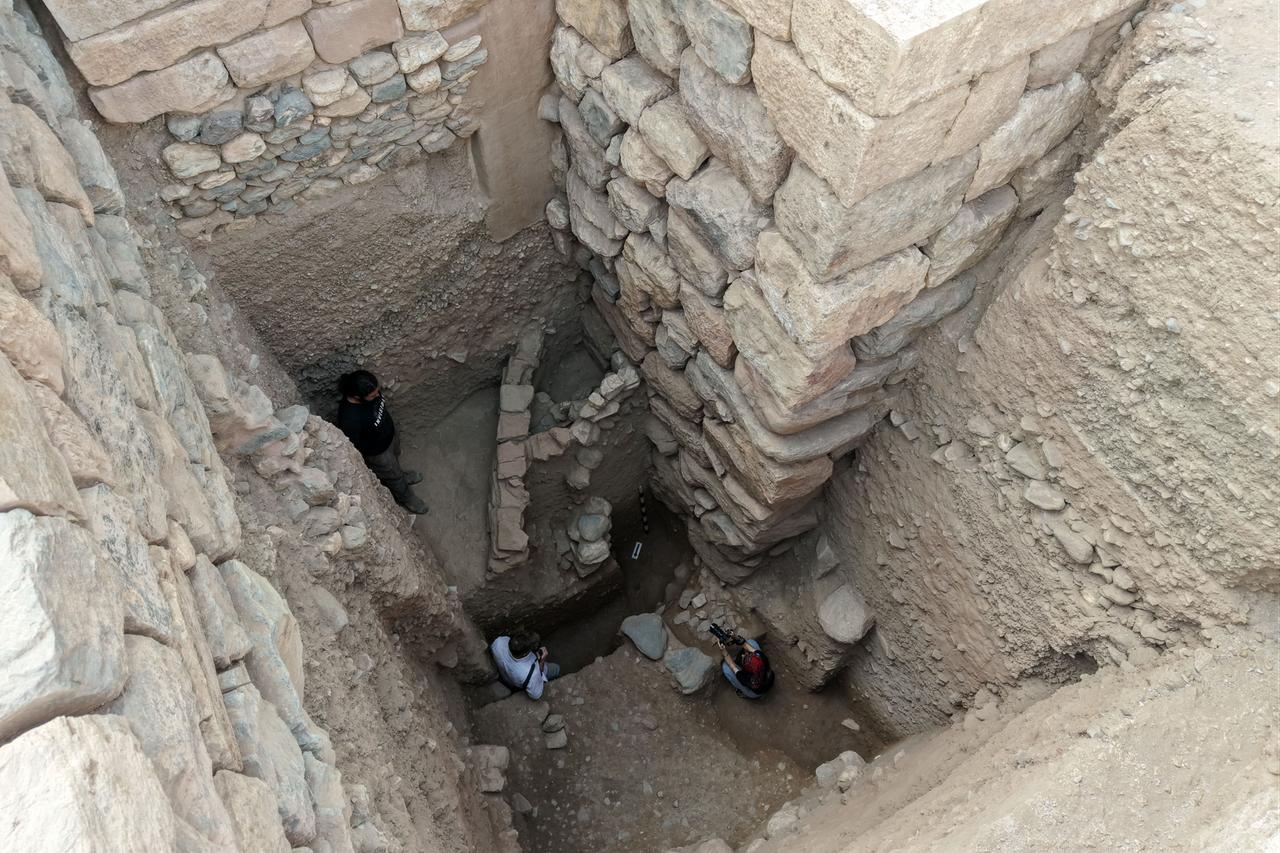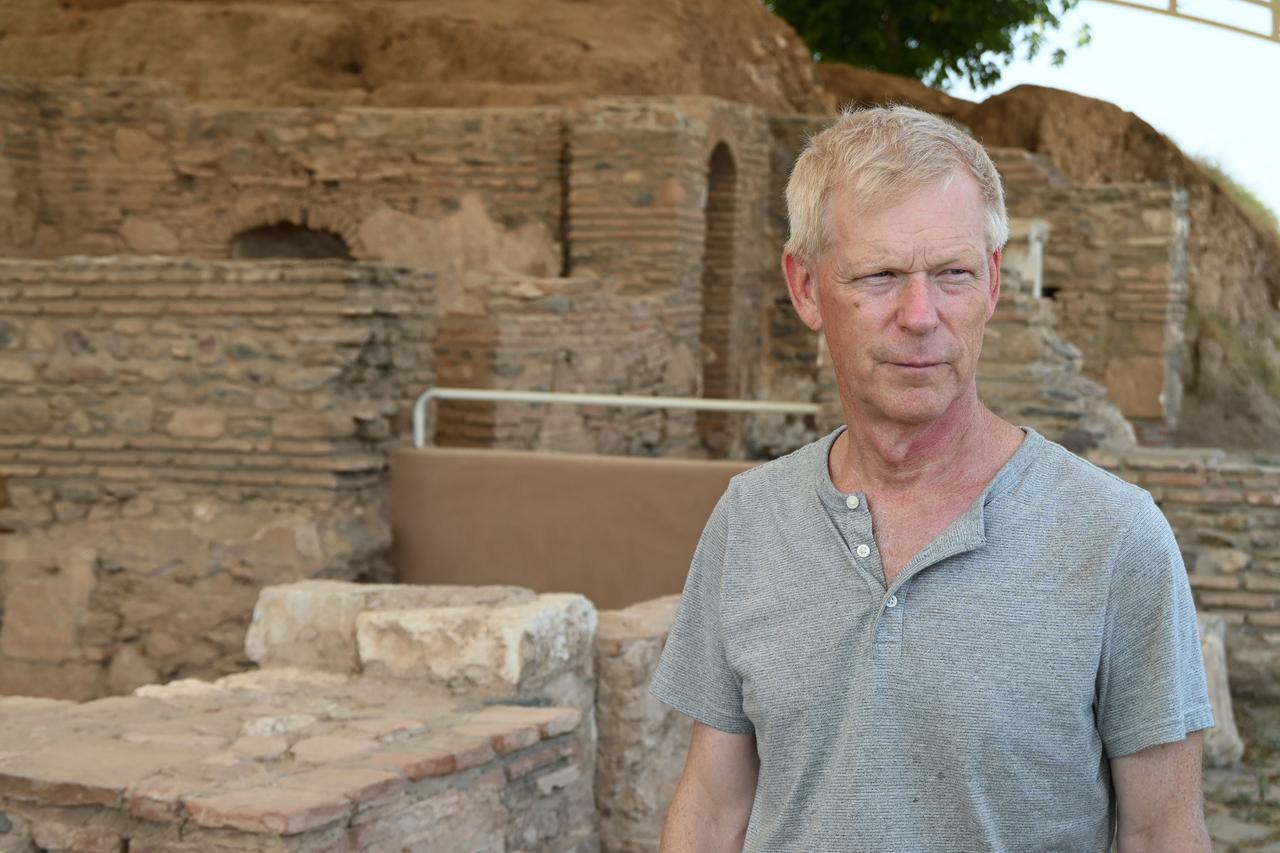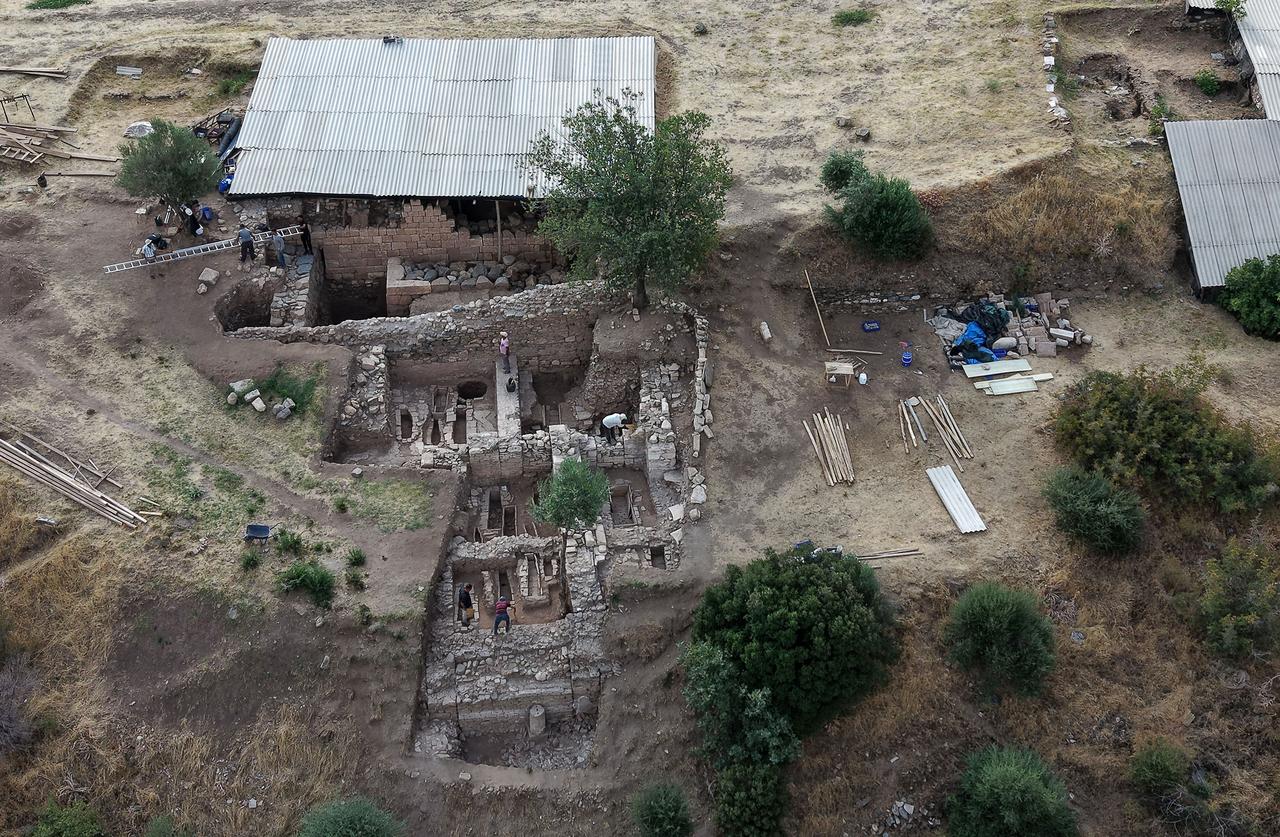
Archaeologists working in Sardis, a UNESCO World Heritage Site in western Türkiye, have unearthed the remains of a Lydian palace dating back to the eighth century B.C.
The site lies in Salihli, a district of Manisa province, and was once the capital of the Lydian Kingdom, known in history as the place where coins were first minted under state authority.

Excavations at Sardis have continued for more than a century under the leadership of Professor Nicholas Cahill from the University of Wisconsin.
He explained that scholars had long believed the Lydians lived in villages until the seventh century B.C. and only later developed urban life.
The new discovery challenges that idea, showing that Sardis was already a monumental city in the eighth century B.C.
Cahill noted, “Historians once thought the Lydians only began urbanization in the seventh century B.C. and had lived in villages before that.
These findings prove otherwise—Sardis was already a major monumental city in the eighth century B.C. The terrace system began then, showing the Lydians were an Anatolian civilization looking eastward, not a Greek one.”

The palace ruins were found about eight meters underground, buried beneath later layers from the Persian, Hellenistic, Roman, and Byzantine periods.
The structure’s stone walls, measuring between 1.5 and 2 meters in thickness, still stand more than 6 meters high, offering a glimpse into the scale of Lydian architecture.

Among the finds are around 30 bronze arrowheads, fragments of human skeletons, and nine silver coins dating to the early sixth century B.C., considered among the oldest known in the world.
These discoveries underline the significance of Sardis as a political and economic center of its time.
This year’s archaeological season has now been completed, and work at the site is expected to resume in the next excavation period.